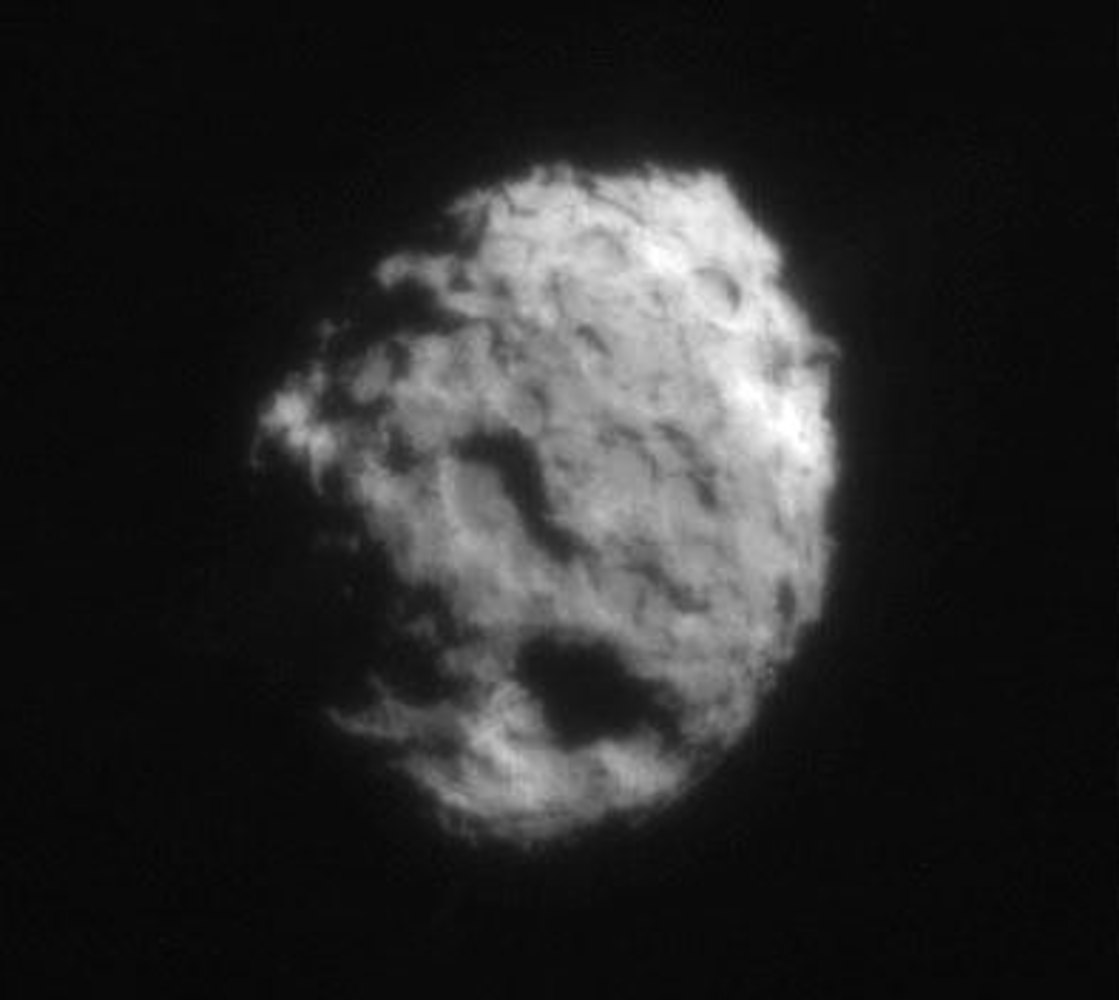Comets are termed dirty snowballs, mainly made up of water, and carbon-dioxide ice with a few rocky minerals mixed in. They are thought to have formed way out in the cold outer reaches of the solar system and are then deflected somehow into the inner solar system where the heat of the sun causes the water, carbon-dioxide and other volatiles to sublime straight to a gas throwing out lots of material and forming the comet's tail. Because the pressure is so low, liquid water should not be able to exist.
 Up until recently though there way no way of prooving this, but NASA's stardust mission made a close flyby of the comet Wild 2 in 2004, and in this flyby it flew through the comet's tail, and mounted on the spacecraft was a plate made out of the increadibly low density silica based material aerogel. This meant that any small dust particles hitting the plate were slowed down gently and trapped. The sample plate was then returned to earth in 2006, and ever since NASA scientists have been very carefully studying the grains of cometary material since then.
Up until recently though there way no way of prooving this, but NASA's stardust mission made a close flyby of the comet Wild 2 in 2004, and in this flyby it flew through the comet's tail, and mounted on the spacecraft was a plate made out of the increadibly low density silica based material aerogel. This meant that any small dust particles hitting the plate were slowed down gently and trapped. The sample plate was then returned to earth in 2006, and ever since NASA scientists have been very carefully studying the grains of cometary material since then.
Eve Berger and collegues are some of those who have been doing so, and the have found a copper iron sulphide mineral called cubanite in some of the cometry grains. This is particularly interesting, because cubanite is only produced in the presence of liquid water and it has two forms, one stable above 210 celcius and the one they found which is only stable below 210 celcius, so they know the grains haven't heated up since they were formed.
Either the cubanite was created somewhere else and got integrated into the comet which is interesting, or even more interesting the cubanite was formed in the comet, possiblly in a collision showing comets have a more unique geological history than was thought before.
References
- Previous Mangroves mega carbon stores
- Next Gut bugs and heart disease










Comments
Add a comment